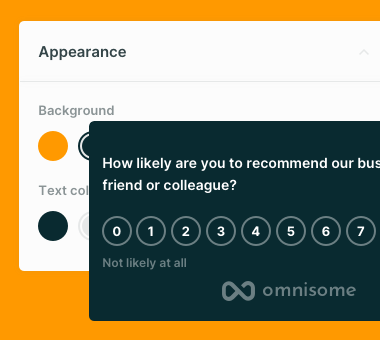Tuesday, March 7, 2023
Customer feedback loop explained
Customer feedback loop can be defined as a strategy focused on improving products and services based on regular feedback received from customers. The feedback can be obtained from surveys, interviews, reviews, and discussions.
This method is one of the ways how product managers can receive input about their product or service.
It is also important to acknowledge that this is just one source of information and you can not base your product development on customer feedback solely. As Henry Ford famously said: "If I had asked people what they wanted, they would have said faster horses."
Nevertheless, customer feedback loop is an important part of product development that you can not ignore. In this article we will look into what is customer feedback loop, the stages it contains, and what you have to do at every stage.
Customer feedback loop consists of 4 stages:
- Collecting feedback
- Analyzing data
- Building solution
- Interviewing customers
Let's dive into every stage and see what activities (and how) you should perform.
Collecting feedback
It all starts with talking to your customers. Your initial goal is to gather feedback using tools, methods, and sources at your disposal.
One of the most common ways to collect feedback is by conducting a customer satisfaction survey. It can help you to segment your customers based on their satisfaction, measure satisfaction scores, and receive direct feedback.
With surveys, you can use survey-specific tools or choose one of many all-in-one solutions. It all comes down to your preferences. We recommend choosing tools that support your survey type since it will be easier to analyze data later on.
Among other methods of collecting feedback, we can distinguish online reviews, 1-on-1 interviews, social media, phone calls, and live chat. Plus, you can get feedback from customer flow recordings and heatmaps.
Are you ready to build better products?
Analyzing data
As you have feedback collected, it is time to analyze the data to determine what you should do next.
Survey tools focusing on specific types usually have in-built data analysis and calculations that can help you with that. Still, we recommend conducting your own analysis - both - qualitative and quantitative.
What are you looking for?
The first thing to look for is patterns. Do you have any feedback patterns in your data? Maybe a solid portion of your customers is confused about a specific part of the user interface or missing an important feature.
It is also recommended to group the data based on the topics.
Another common practice when analyzing feedback is to prioritize features. You can use the ICE framework which stands for impact, confidence, and ease. SWOT analysis is another method that can be applied.
At the end of the data analysis process, you should have a prioritized shortlist of initiatives you would like to build and test. The list can include quick wins and epics with short-term and long-term initiatives.
Building solution
It is time to start building and your goal is to figure out how to do it faster.
For quick wins it is usually simple - you can do all the work from A to Z in no time. For larger ideas, a different approach may be needed.
One of the most popular ways to start developing a new feature or improving an existing one is by building a prototype. A prototype should not be a fully working feature but a mechanism that is able to replicate (fake) the flow.
There are many prototype tools available, like InVision, Figma, Sketch, Adobe XD, and Webflow.
Another method that is widely used in software development is defining MVP. MVP stands for a minimum viable product and, as the name suggests, the goal here is to define the minimum you should create to be able to test hypotheses.
Why not build a final solution? Because you have to validate your solution against your customer's needs. The sooner you can show your solution to the customer the sooner you will receive feedback and adapt if necessary.
It will be a waste of time and money to develop a complete solution just to understand that your customer needed something else.
Interviewing customers
As you have your prototype or MVP ready, it is time to talk to your customers again.
Reach out to people whose problems you were looking to solve and ask for their feedback. You may receive additional input and improve your solution. Or, you may receive confirmation and be confident that your solution will be appreciated.
Talking about appreciation, your customers will value the fact that you got back to them. Make sure to always respond to your customer requests even if their idea is not on your list. This communication can lead to a nice pivot, like updating their previous reviews with higher scores.
Conclusions
Working with your customers is an essential part of building successful products and services.
Customer feedback loop offers a structured way to interact with your customers in order to discover their problems and up to the moment when you deliver a solution to address them.
Having customer feedback loop in your company will have a direct impact on customer satisfaction scores and growth.
Explore more
It’s time to start understanding your customers
Stop playing guesstimates. With Omnisome, you are building a lean feedback loop with your customers joining the game.
